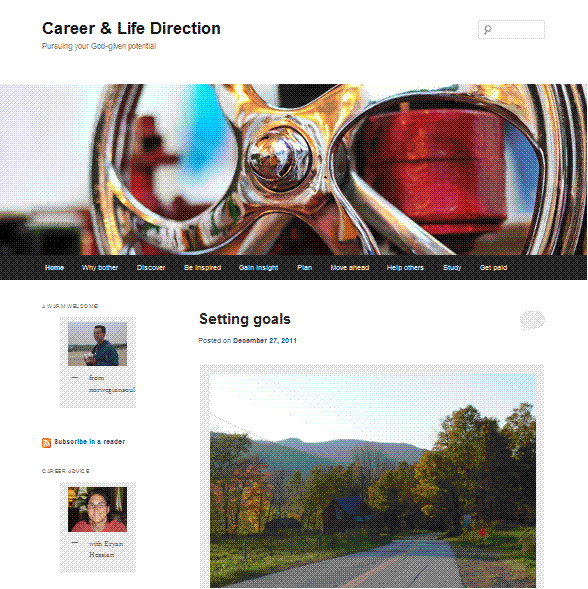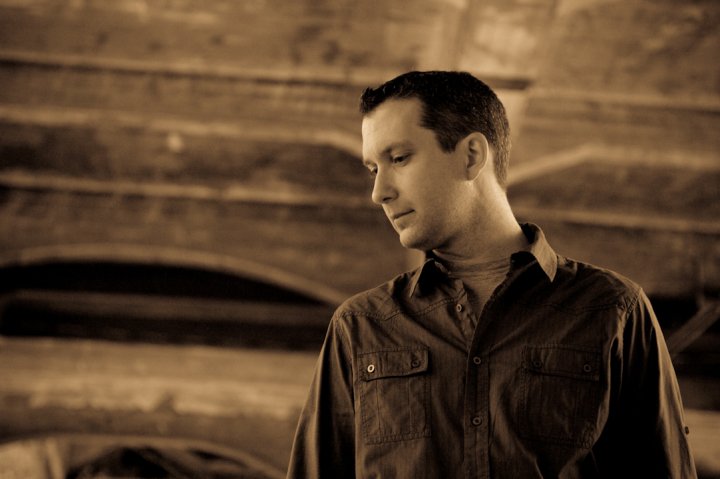Dream big. Act small.
- At December 31, 2011
- By Nathan
- In Leadership
 0
0
Having a sense of direction, knowing the next small step in the larger plan, can be very beneficial to individuals and organizations. This way, important projects can be more easily identified and accomplished in a specific period of time.
I once applied to work for a Christian-based organization in Canada that had a related problem. Numerous leadership teams had produced impressive mission-statements, but very little was ever accomplished. Or so I was told.
The plan may have looked good on paper, as they (whoever “they” are) say, and these men and women may have even had the best of intentions. But, for whatever reason, they struggled to practically guide a group of people towards a specific destination. They appeared to know where they wanted to go, but just couldn’t seem to get there.
That is sad, even tragic, because as this story repeats itself over and over around the world it means that millions of people are likely failing to fulfill their full God-given potential.
Organizations and individuals can become stuck, and this post is one small attempt to help you or your organization get out of the muck, as it were, and finally move ahead. But please, if you sense that this describes your situation, spend as little time and energy as you can in a state of mournful self-condemnation. No, you are not a complete failure, or a sorry excuse for a human being. Turn those messages off. Stop. Think. Learn. Adjust. And then, move ahead.
If you are looking for an easy way to remember the point of this discussion may I suggest the following four small words:
Dream big. Act small.
Complicated, varied, and shall be we say “highfalutin” management-type lingo can be part of the problem. I am not sure if I could tell you the difference between a vision-statement and a mission-statement, a strategy and an objective, a stage or a phase, if my life depended on it. I have been in boardrooms and participated in futile attempt to separate and define these various words. It is like nailing jello to a wall, as the infamous “they” people say.
Begin, rather, with the simple image of a funnel. Whatever language you choose to use, start big – at the wide end of the funnel – and slowly work your way down to the specific and small actions that can be taken. How big? I have read a lot of job descriptions, hundreds of them, produced by reputable organizations in many parts of the world. To be honest, it sometimes sounds like these groups are mainly concerned about their own survival. May I say, straightaway, that organizational or personal survival is not a large enough goal, or an appropriate place to begin. Yes, paying the bills is important. But you don’t exist primarily to pay bills.
What happens next, is often where more confusion takes place. For if the big beginning is big enough, it will feel overwhelming and nobody will know what to do next. Almost a century ago, Henry Ford decided that he wanted to build a car that ordinary Americans could afford. Where do you start? You start by putting a plan together that, if followed, will at least potentially transform the “big dream” into practical reality.
But there is so much that I cannot control, you say. True enough. And there always will be. In case you are wondering, I am not suggesting that planning is somehow a substitute for prayer or that it will guarantee success. But, at the same time, there is very often something small and tangible that you or your organization could be doing that you are just not in a position to see right now. Taking the time to put together a detailed and practical plan can help you perceive the possibilities.
If you do not have a grand vision or goal or dream, start with that. If you do not have a credible plan, take the time to produce one. If you are not intentionally following your plan, start today.
Dream big. Act small.
Might make a good resolution for the new year.
*Here are a few related discussion questions
© Career & Life Direction 2011. All rights reserved.


































